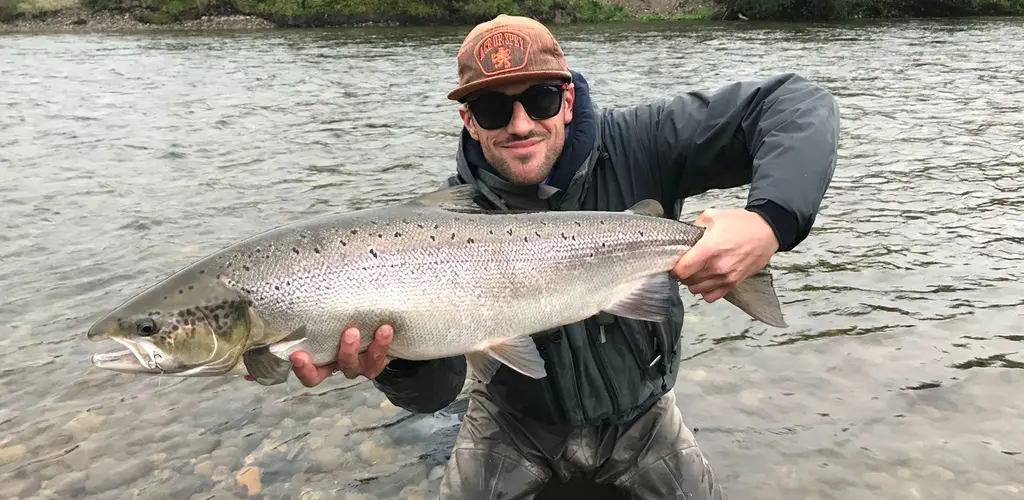

Another season gone by!
The season is now officially over here in Lakselva, and it's time with a little recap.
As most of you know, the season of 2018 won't go into the record books, at least not concerning catches. However, it's been quite a few years since we last saw this little and this warm water, so I guess there has been some unofficially records set anyway. We are still to conduct the spawning fish count, and that will give us further answer in addition to the pure catch numbers.
By now, it's been reported slightly above 6 tons of salmon. This is down approximately 30 % from the last ten year average. The traditionally best weeks during the season fished well below average, and is mainly to blame for this decline in catches. The cause for this decline is probably more complex than we like to think, but the conditions we experienced during these weeks were far from ideal for salmon fishing, with bright sunshine, clear skies and temperatures way above the 20 degree mark. Even in the river, the temperature was measured above 20 degrees at it's warmest.
If we break down the numbers from last season, not including the decline in catches, the season is quite similar to other seasons. The average weight is 5,8 kilos, which is within the averages we've seen the last years. In Norway, salmon is divided into three weight groups (<3 kilos, 3 - 7 kilos, >7 kilos). We also see that the percentage of catches within these three groups are within the averages.
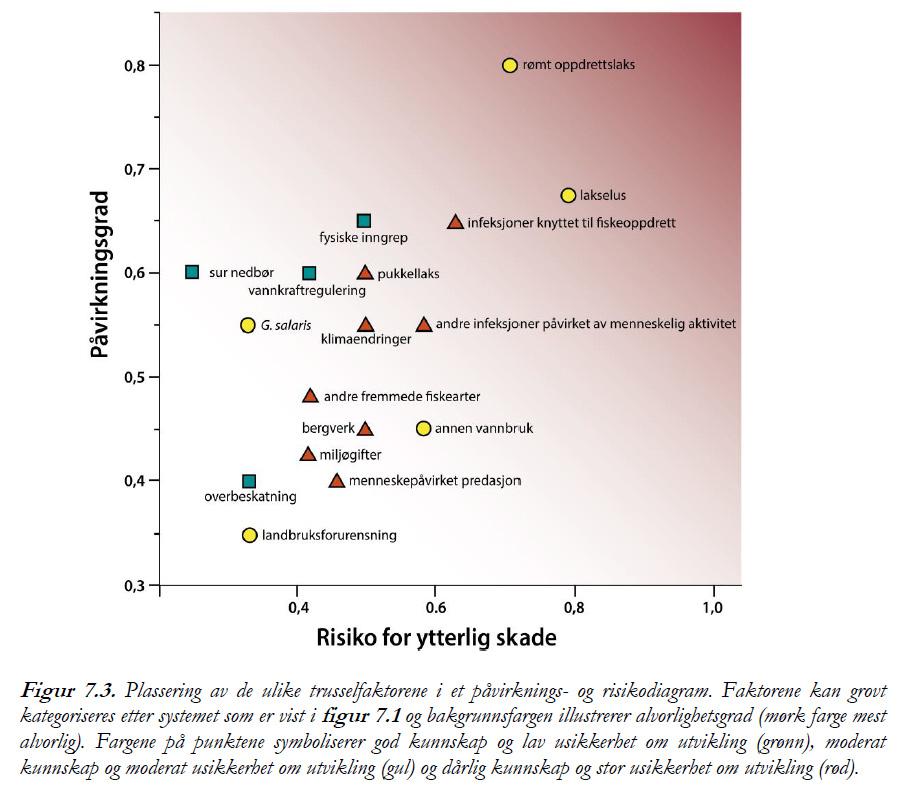
Salmon fishing is definitely a hobby that creates involvement, and the fact that salmon is threatened from multiple sides - both known and unknown - involvement is key. According to a Norwegian council called Vitenskapelig råd for lakseforvaltning, the salmon farming industry is posing the three biggest threats to our wild Atlantic salmon: escaped farmed salmon, sea lice and other fishborn diseases. I think and hope that a continued involvement for our salmon, and a growing opinion among most people will put pressure onto a salmon farming industry, that today, is operating far beyond environmentally sustainable operating models.
The fact that salmon fishing involves and engages is something we really got a taste of, when we "commited" our first live-stream this summer. In this case, the fisherman found himself in a situation where whatever decision he decided to take, it would be the wrong one. Had the fish been released, it would have been a outcry, and an outcry we had, when the fish was killed. I was present filming this whole thing, and for what it's worth, I supported the fisherman in his decision. Anyways, I think most people enjoyed live-streaming from the river, and I hope we'll be able to have more live-streams in the future.
It is correct that a foul-hooked fish is not regarded as a legally caught fish, and is to be returned. We decided that this fish would most likely succumb and die after being hooked for more than three hours, so it was decided to kill it. I highly doubt the river will fall into complete anarchy over this one incident, even though that might be the impression we got after reading some of the commentaries. The respect for the fish, and the sport of salmon fishing is still very much present in most of our fishermen, and I think we can trust that most people act according to the rules. I must encourage everyone to show respect to your fellow fisherman though, as in some cases, this was not followed during this event.
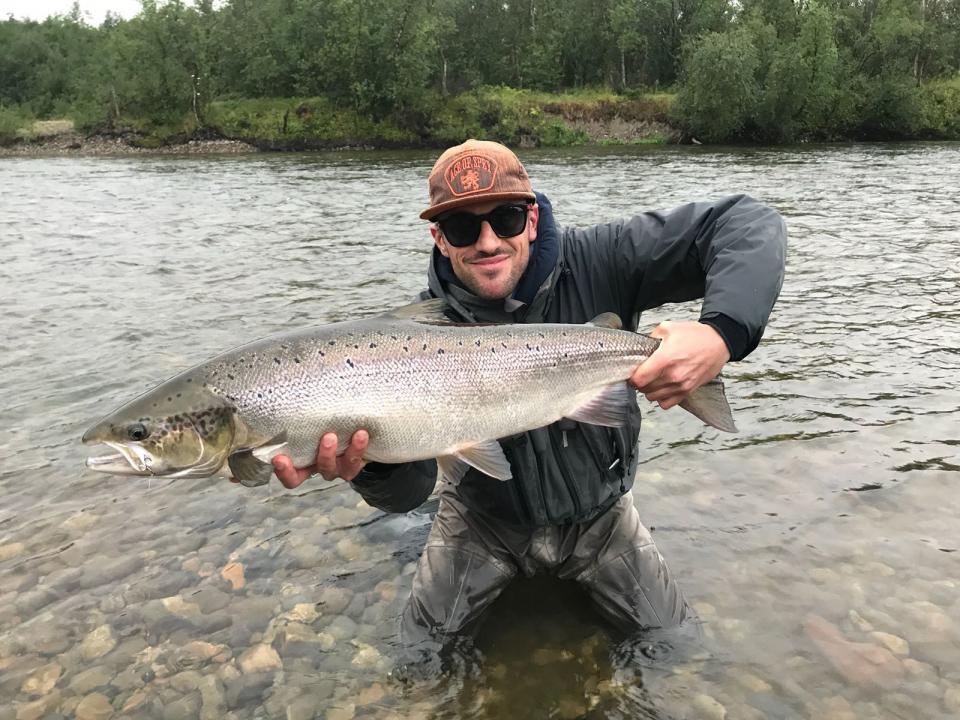
Catch and release continues to raise engangement. I cannot really put my finger on why it is such a debated topic, though. For some, the experience is bettered, when they can serve a meal of freshly caught salmon, whilst for others again, it's bettered by showing a picture to a friend, telling about the release. Regardless, both views should be respected. I've said it before, as long as the fishing regulations are followed, the choices taken by each individual fisherman should be respected. However, not complying to the fishing regulations, raises a whole new discussion.
There is a very high survival rate for released salmon, but to have an occasional released salmon die, is for the salmon population as a whole, much better than having all caught salmon killed. Speaking of dying salmon. In 2017, 53 million salmon died in Norwegian salmon farms. This is fish that never makes it to the slaughter house, and is pure wastage. These numbers are unbelievably high. In Lakselva 761 fish were killed during the sport fishing that same year - or 0,00143 % of the mortality in the salmon farming industry. The ethical discussions surrounding this topic should by far surpass the debate surrounding catch and release.
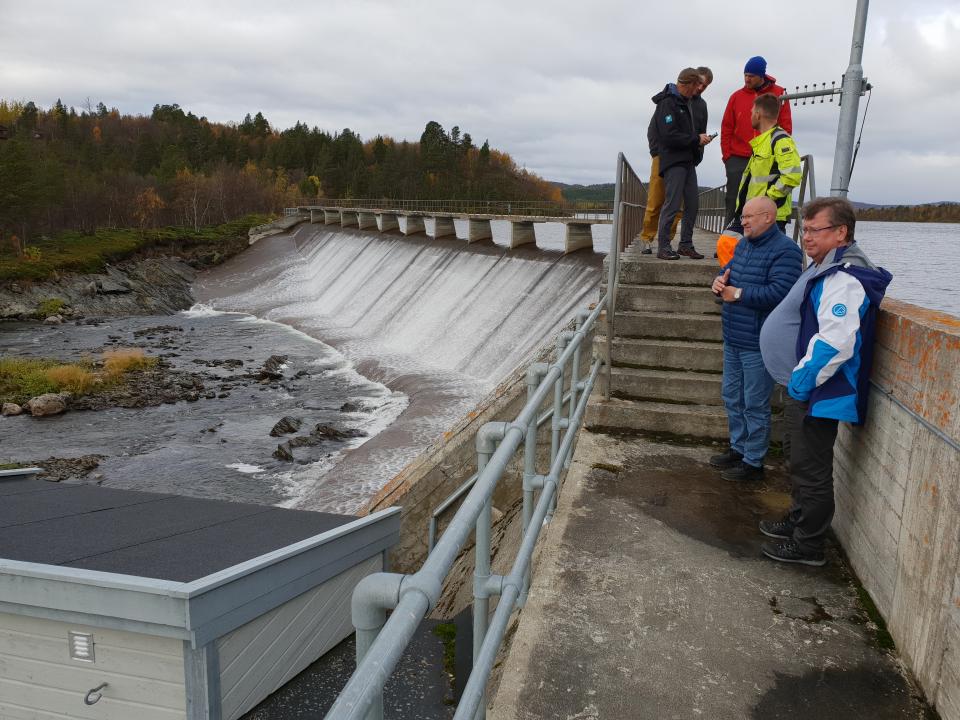
In other news, today I've been together with our local power company in a meeting and an inspection in conjunction with a suggested change in today's regulation regime. As a manager of the anadromous species in Lakselva, it's obvious that Lakselv landowners association has some thoughts surrounding this matter. However, we have a good cooperation with the power company, and are hoping for it to continue into the future as well.
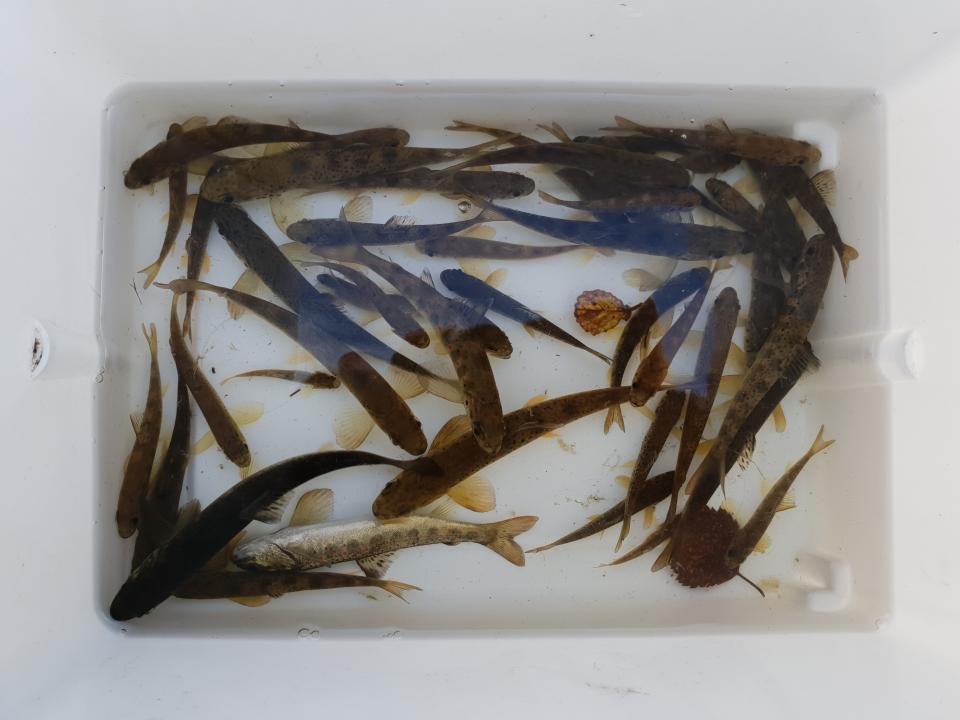
There was also time for a short session with electro fishing together with Rune Muladal today, and we're hoping to do some more sessions when we have more time.
Thanks for now!

